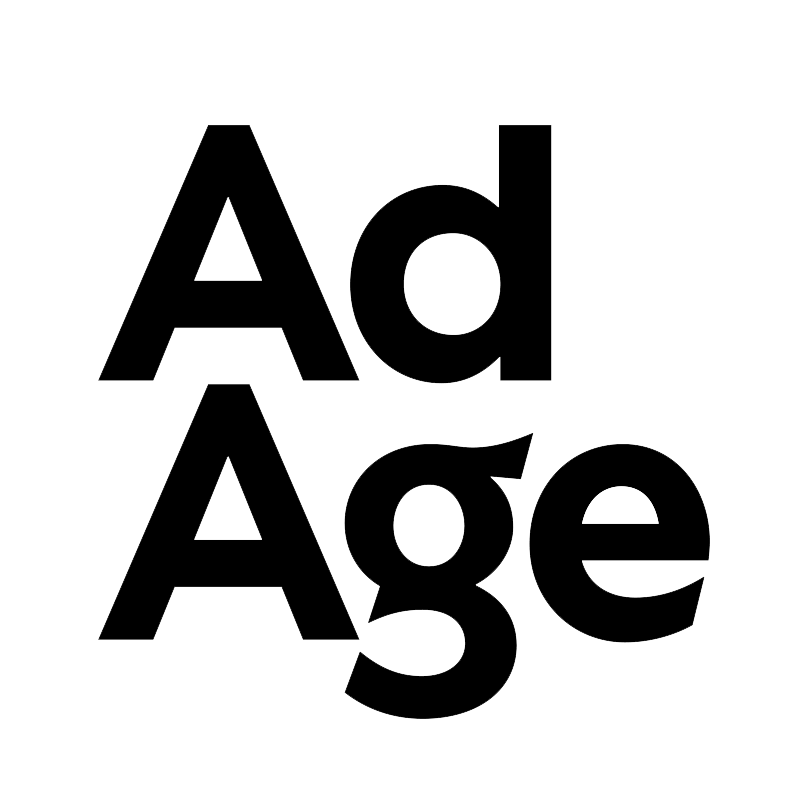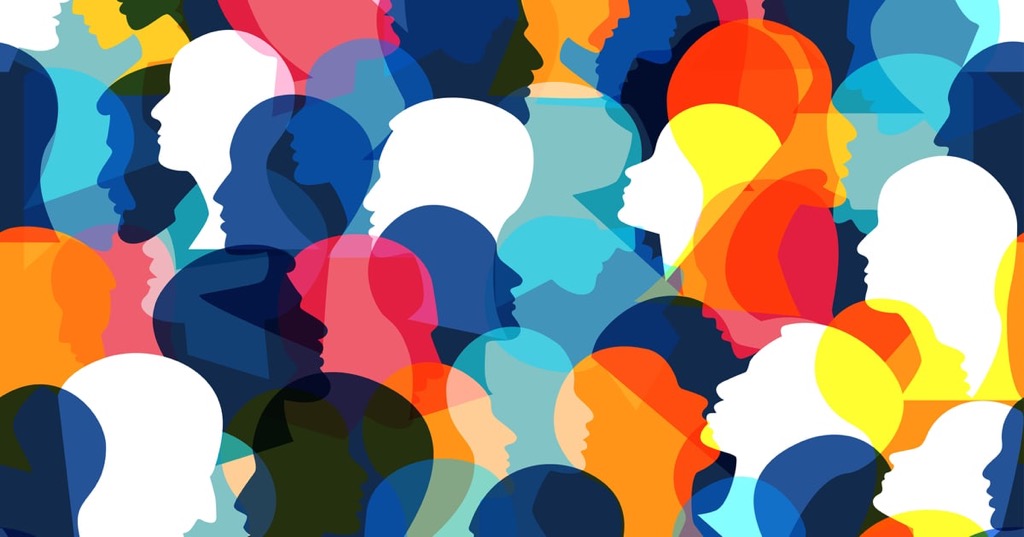Why multicultural marketing should be the new normal for brands and consumers


The business case for embracing a majority-minority future.
By Joshua Weinstein.
With politics trending “weird” and the Olympics illuminating the power of streaming, it’s clear we’re at a global inflection point grounded in what people actually want from their digital interactions.
When it comes to the economy, people are obsessed with the idea of normal. We like normal—traders like it when markets are predictable, consumers like knowing what a gallon of gas will cost them and executives like it when their strategy and budget are well-geared for the road ahead.
But the last few years have been a period of accelerated transformation in every corner of the world. Our individual relationships with everything from work to pop culture to sports to social media have fundamentally changed on a worldwide scale.
A large part of this manifests in a new multicultural reality, where diversity of language, perspective and culture is not only commonplace but the new normal as demographics shift in the United States. Acknowledging this multicultural reality (and addressing it) isn’t just about boosting representation or checking off a box. It’s about good business.
Those who can recognize these shifts will be the ones who influence the direction of and benefit the new economy, not just the ones who respond to it. Leaders are reading from an outdated playbook when it comes to tackling our new multicultural economy and losing out big time because of it.
Beyond DEI
It’s clear that DEI is a sticky, politicized term that has lost much of its original meaning and doesn’t capture everything happening in the business zeitgeist.
What’s going on is bigger than a workplace acronym or political squabbling; it’s actually the acceleration and continued development of a major demographic upheaval.
It’s not discussed nearly enough that the United States will become a majority-minority country in the next few decades. Since 2021, America’s multicultural population growth has sped up, increasing by nearly 4 million, and shows no signs of slowing. For years now, data has consistently shown that Latinos are the fastest-growing cultural demographic in the U.S. From 2010 to 2020, Latinos accounted for about half of the U.S. population growth, and by 2060, more than 1 in 4 Americans will be Latino.
We’re working with a fundamentally different population than the one we knew even five years ago. While the headlines are consumed by discussion of DEI entering into our schools or workplaces, reality presents a different state of play. News flash: Diversity is already here, and it’s time we acknowledged it.
The new average consumer
This groundswell of diversity is a good thing—but it presents a new challenge for companies and brands trying to reach their audiences. Outdated tactics and messages once meant to reach the average consumer won’t resonate the same in this new landscape as demographics change.
When marketing to a general audience now, you’re really marketing to a diverse audience, whether you plan to or not. This introduces nuance to how brands move. For example, according to a McKinsey report, Black consumers tend to be younger, more plugged into digital culture, and more brand-aware than other groups. This means they might be bored or disengaged with an ad that ignores these traits. Meanwhile, Latino consumers tend to be more price-conscious than the general U.S. population and would connect with an ad that prioritizes cost efficiency.
Yet businesses have yet to fully pivot to address this new need. Advertisers spend less than 2% of their annual budgets on publishers that reach minority audiences, leaving valuable eyeballs completely unexposed and brands stuck missing the mark.
A modern playbook
The multicultural market is the new general market, and companies have yet to fully realize that. It’s time for leaders to reorient their perception of risk and lean into a multicultural mindset. Producing things meant to resonate with diverse populations isn’t taking a gamble—it’s producing something for the mainstream. Just as “I Love Lucy” aligned with American audiences in the 1950s, shows such as “Wednesday,” which featured a diverse cast and multicultural themes, are a slam dunk for Netflix today.
If you want your business to survive the next decades as we become a new multicultural economy, don’t consider time and money reaching multicultural audiences as a separate expense. It’s not an aberrant cost, and it’s not a side project or an experiment: it’s your bottom line.
Ads that were designed to resonate with the general public but feature multicultural touchpoints outperformed surface-level diversity marketing tactics, according to a recent University of Oregon study. One professor noted such ads that “foster feelings of inclusion and identification with U.S. society” can “boost brand value for America’s largest brands as they try to remain relevant in an increasingly diverse society.”
For your own good
At the end of the day, if you know where culture and commerce are going, you can ride the tailwinds of growth ahead. Culture enables authentic connections with customers and buyers, which fuels purchases and keeps our economy afloat.
The diversity question driving our current cultural moment isn’t niche, and it isn’t fast approaching; it’s already here. To do good business in 2024 means seeing that the average consumer is changing before your very eyes and adjusting to meet their needs. If you don’t, someone else with the foresight to see the road ahead will do it and leave you behind.
